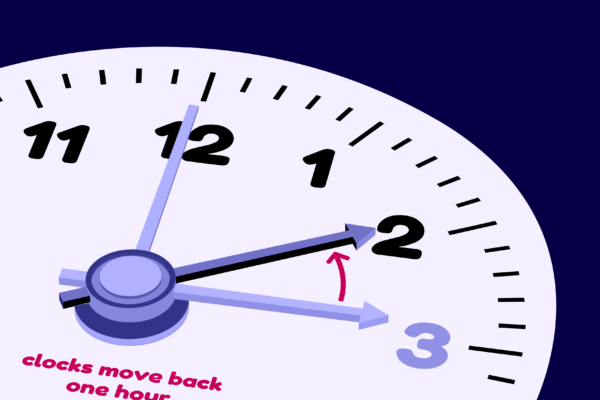On Sunday, November 3rd, the end of Daylight Saving Time in the United States and Canada marked the beginning of Standard Time. Many people were able to enjoy an extra hour of sleep due to this transition. However, for parents with children who have to wake up at a specific time every day, adjusting to the new time meant waking up even earlier until the child’s biological clock adapted.
Daylight Saving Time ended at 2 a.m. local time on November 3rd, requiring most areas in the United States and Canada to set their clocks back one hour. However, states like Arizona and Hawaii in the U.S. who do not observe Daylight Saving Time, as well as certain regions in Canada, continued with Standard Time.
Experts mention that even a one-hour time change as Daylight Saving Time ends can pose challenges, especially for children. In the initial weeks, children may still wake up at their usual times until their bodies adjust to the new schedule.
The human body operates on a roughly 24-hour biological clock cycle, known as circadian rhythms. These rhythms determine when a person feels sleepy or alert, affecting their sleep patterns. These patterns evolve with age, with young children often waking up early each day.
According to Dr. Anya McLaren, a pediatric respirologist and sleep medicine specialist at McMaster University in Hamilton, Ontario, children who typically wake up at 6 a.m. during Daylight Saving Time now rise at 5 a.m., disrupting their parents’ sleep schedules.
The time change could not only affect parents’ sleep but also impact children’s moods, focus, and learning abilities. Sleep consultant Heather Plante in Alberta, Canada, advises parents to be patient as children might need a few weeks to fully adapt. Recommendations include the following:
After the clocks fall back on Sunday, helping children adjust immediately to the new schedule is ideal. However, Plante suggests taking a gradual approach, adjusting their routines by 10 to 15 minutes a day to ease the transition smoothly for children.
“It’s a slow process because you’re trying to change their physiological rhythms, which are very fixed, and children get tired at the time,” said Plante. “So when you’re trying to make this change, it can’t be done all at once to avoid repercussions.”
Even with bedtime adjustments, children may still wake up at dawn. Plante suggests comforting them gently and encouraging them to go back to sleep, waking them up at the usual time in the morning.
If the child falls back asleep, she recommends letting them wake up naturally.
By following these steps, parents may see their children gradually adjust to the new sleep schedule within two to three days.
For infants who nap once, twice, or even thrice a day, Plante suggests maintaining their regular routines and avoiding shortening, lengthening, or eliminating naps to maintain consistency.
“Daytime napping is crucial because without it, it completely disrupts your bedtime,” she said. Creating a quiet, dimly lit sleep environment with ambient ocean sounds from a sound machine may also help.
The biannual time changes pose challenges to people’s circadian rhythms. These rhythms not only affect sleep but also impact heart rate, blood pressure, stress hormone levels, and metabolism.
Daylight Saving Time was initially introduced to advance clocks one hour ahead in the summer (spring forward) to optimize sunlight exposure for energy conservation. However, studies have shown minimal energy savings from this practice, according to the U.S. Congressional Research Service.
U.S. lawmakers have proposed bills like the Sunshine Protection Act to permanently implement Daylight Saving Time, yet such legislation remains stalled. Health experts advocate for keeping Standard Time permanent, a stance opposite to that of legislators.

